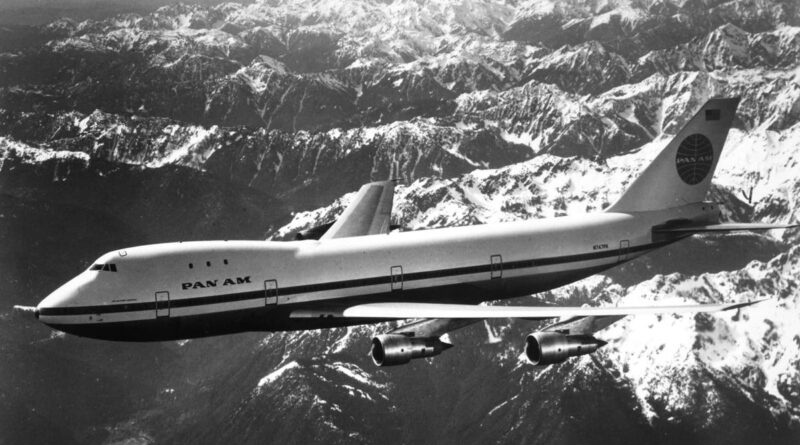Pan Am: I love the brand, but not the memories
Support truly
independent journalism
Our mission is to deliver unbiased, fact-based reporting that holds power to account and exposes the truth.
Whether $5 or $50, every contribution counts.
Support us to deliver journalism without an agenda.
Pan Am is a remarkable brand. Thirty-three years after the greatest US airline of the 20th century collapsed, the logo of Pan American World Airways is still instantly recognisable – with smart and cool branded clothing available online from a warehouse near you.
Yet Pan Am is only a brand: any connection with actually flying passengers around the world vanished decades ago. So the news that a chartered Boeing 757 will be “tracing the transatlantic voyage” for 50 high-net-worth individuals next summer has caused some excitement.
Could the glory days of aviation be coming back? Spoiler alert: no.
In the decade leading up to the collapse of Pan Am in 1991, I was a regular customer of the airline. Laker Airways brought affordable fares to the North Atlantic. But the established airlines – British Airways, TWA and Pan Am – hit back by cutting their fares to match Sir Freddie’s.
Pay £82 for a no-frills Laker Airways DC-10 flight from London Gatwick to New York JFK, or the same amount for a Boeing 747 from Heathrow? Many times, I chose the latter. From 1982 onwards, Laker Airways was not an option, since Sir Freddie had been forced out of business.
In 1984, Richard Branson’s Virgin Atlantic showed what flying could be, but those of us who were price-sensitive opted for the lowest fare. Which, as Pan Am struggled against competition at home and abroad, was frequently on one of the “Clipper” Jumbo jets.
Compared with a trip across the Atlantic on any airline today, it was a lousy experience. One of the worst breakfasts I have ever seen was served on an overnight Pan Am flight from JFK to Heathrow: a grey, tepid omelette and sausage combo that appeared to have been made in a munitions factory.
First class was pretty poor – about the same as premium economy today, minus the seatback screens. Lie-flat beds were years away.
I am sorry to say I was in the smoking section of the economy cabin, which was as disgusting as you might imagine. In-flight entertainment comprised one film, projected onto a screen on the bulkhead, for which you had to pay £3 for a plastic stethoscope which you plugged into the seat. Glamour score? Zero.
The same applied within Germany, which was one part of the world where Pan Am thrived through the 1980s. Under the terms of the Allied division of Germany at the end of the Second World War, Lufthansa was not allowed to operate domestically to and from West Berlin. So anyone wishing to fly from the divided city to West Germany would need to travel on Air France, British Airways or Pan Am: the airlines of the occupying forces.
In 1989, before the Wall came down I flew between Frankfurt and Berlin Tegel on the US airline. One cup of tea. No glory.
Pan Am built up a sub-fleet of Boeing 727 jets based at Heathrow from which to fill its transatlantic 747s, flying in from various airports including Frankfurt and Brussels. By the summer of 1991 – by which stage Pan Am was in its death throes – the carrier’s sole appeal was that it was cheaper than the opposition. That summer I flew from Berlin to London for £103: an extortionate amount, but still much less than British Airways wanted.
The passengers who will collectively be paying $3m (£2.3m) for the brand to be resurrected on the trip next summer are, I suggest, harking back to a golden age that never actually existed. Travel in 2024 is far more affordable, more comfortable and infinitely safer than in 1991 or any previous year. We have, happily, left the 20th century well behind.
Pan Am: I love the brand, but not the memories.




